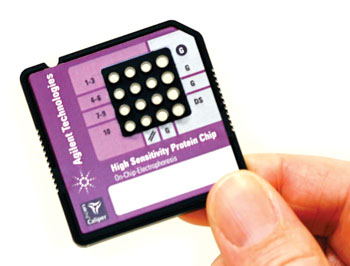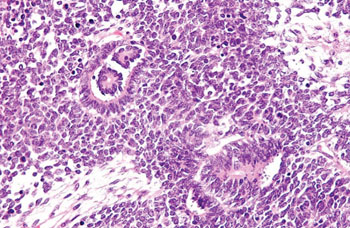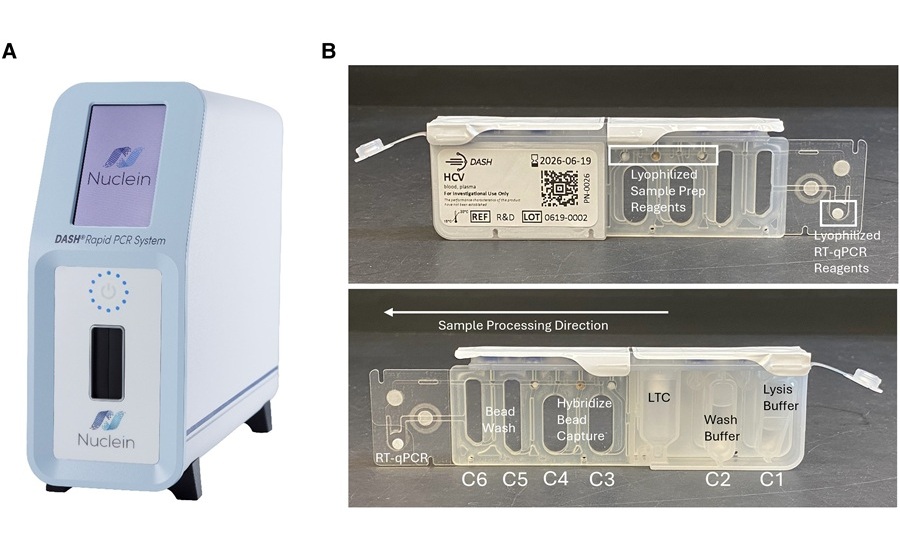New Gene Mutations Found for Wilms Tumor
By LabMedica International staff writers
Posted on 18 Sep 2014
The genetic causes of Wilms tumor, a type of kidney cancer found only in children, has been revealed by whole-exome sequencing identifying missense mutations in the microRNA (miRNA)-processing enzymes.Posted on 18 Sep 2014
Wilms tumor or nephroblastoma is the most common childhood genitourinary tract cancer and the third most common pediatric solid tumor and it comprises 95% of all renal cancers and 6% of all cancers diagnosed among children less than 15 years of age.
Scientists the University of Texas Southwestern Medical Center (Dallas, TX, USA) performed exome capture and massively parallel sequencing on a discovery set of 15 pairs of Wilms tumors and matched adjacent normal kidney cortices, and subsequently performed whole-exome sequencing on a validation set of 29 additional Wilms tumors. The team of scientists also performed cell culture and immunoprecipitation, small ribonucleic acid (RNA) sequencing.
.
Small RNAs were isolated from each tumor sample and all samples were analyzed using the RNA 6000 Nano LabChip (Agilent Technologies; Santa Clara, CA, USA) on an Agilent Technologies 2100 Bioanalyzer. Western blotting was performed using monoclonal antibodies and miRNA expression was analyzed in engineered cell lines. Libraries produced were sequenced using the HiSeq 2000 (Illumina; San Diego, CA, USA), producing 100 bp paired-end reads.
Examination of tumor miRNA expression, in vitro processing assays and genomic editing in human cells demonstrated that the gene mutations in endoribonuclease Dicer (DICER1) and ribonuclease 3 (DROSHA) influence miRNA processing through distinct mechanisms.
James F. Amatruda, MD, PhD, a Professor of Pediatrics, Molecular Biology, and Internal Medicine, and senior author of the study said, “The most common, and in some ways the most biologically interesting, mutations were found in genes called DROSHA and DICER1. We found that these mutations affected the cell's production of microRNAs, which are tiny RNA molecules that play big roles in controlling the growth of cells, and the primary effect was on a family of microRNAs called let-7. Let-7 is an important microRNA that slows cell growth and in Wilms tumors in which DROSHA or DICER1 were mutated, let-7 RNA is missing, which causes the cells to grow abnormally fast.” The study was published on September 5, 2014, in the journal Nature Communications.
Related Links:
University of Texas Southwestern Medical Center
Agilent Technologies
Illumina
















